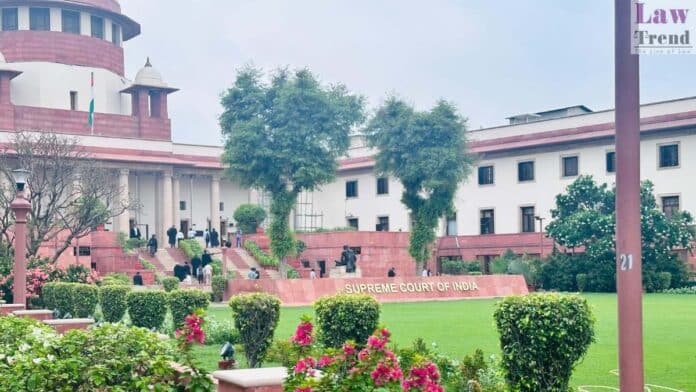The Supreme Court on Wednesday gave the Jharkhand government a week’s time to take a final decision on declaring the ecologically rich Saranda forest region in West Singhbhum district a wildlife sanctuary, cautioning that it may itself issue a writ of mandamus if the state fails to act.
A Bench led by Chief Justice B.R. Gavai made it clear that it was “not interested in sending anybody to jail,” but the state must comply with its long-pending directions. The court has posted the matter for further consideration on October 15.
The case concerns a proposal to notify Saranda and Sasangdaburu forest areas as a wildlife sanctuary and conservation reserve, respectively. The original proposal, dating back several years, sought to declare 31,468.25 hectares as sanctuary land. Subsequently, Jharkhand expanded the proposed area to 57,519.41 hectares for the sanctuary and earmarked an additional 13,603.806 hectares for Sasangdaburu Conservation Reserve.

Despite these assurances, the notification process has remained stalled. On April 29, 2025, the top court had pulled up the state for delaying the process despite receiving a proposal from the principal chief conservator of forests (wildlife) as far back as November 2024. The file had been sent back in March 2025 for “further comments,” effectively stalling the process. The court had also warned of contempt proceedings and summoned senior officials.
On September 17, the bench had strongly criticised what it called the state’s “totally unfair conduct” and “dilly-dallying tactics,” and directed Chief Secretary Avinash Kumar to appear personally. On Wednesday, he appeared before the court and submissions were made through senior advocate Kapil Sibal, who sought a week’s time for the government to take a final decision.
CJI Gavai responded: “Either you do it or we will do it by issuing a writ of mandamus,” granting the state a final opportunity to declare the original 31,468.25 hectares as a wildlife sanctuary within seven days.
Senior advocate K. Parameshwar, assisting the court as amicus curiae, pointed out that the state had earlier undertaken to declare the larger 57,519.41 hectares. The bench, however, said there was at least no confusion in proceeding with the original area.
Meanwhile, the court permitted PSU Steel Authority of India Ltd (SAIL) to continue mining from its existing iron ore mines located near the proposed sanctuary, citing national interest. Solicitor General Tushar Mehta, appearing for SAIL, submitted that the company supplies steel for crucial national projects including Chandrayaan missions and relies heavily on mines in the Saranda region.
The bench clarified that mining can continue only in already operational mines or those with previously granted leases. It directed the state and relevant authorities not to issue any fresh mining leases in the area.
The court criticised the state for setting up a committee on May 13 to further deliberate on the issue instead of notifying the sanctuary as directed earlier. In an earlier hearing, the CJI had remarked in a lighter tone that President Droupadi Murmu had told him Jharkhand “has very good jails,” underscoring the court’s growing impatience with the delays.
The bench had previously observed that the state government was “unnecessarily delaying the matter by sending files from one authority to another.” The secretary of the Department of Forest, Environment and Climate Change, Abu Bakr Siddiqui, had personally appeared before the court to tender an unconditional apology, which the bench accepted.
The matter will now be heard on October 15. If the Jharkhand government fails to issue the notification within the stipulated period, the Supreme Court indicated it may itself intervene through a writ of mandamus.







